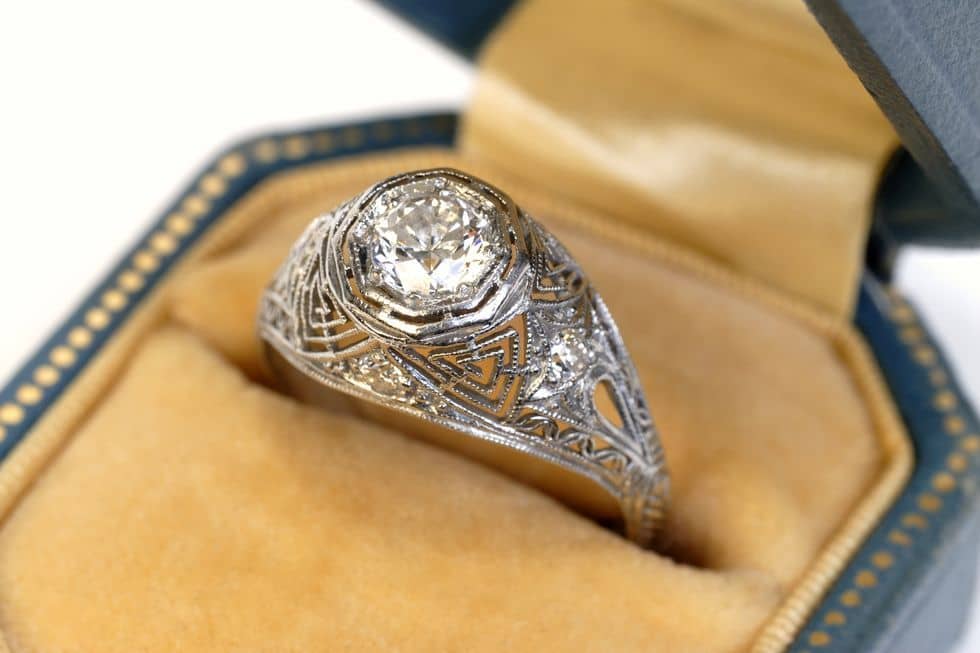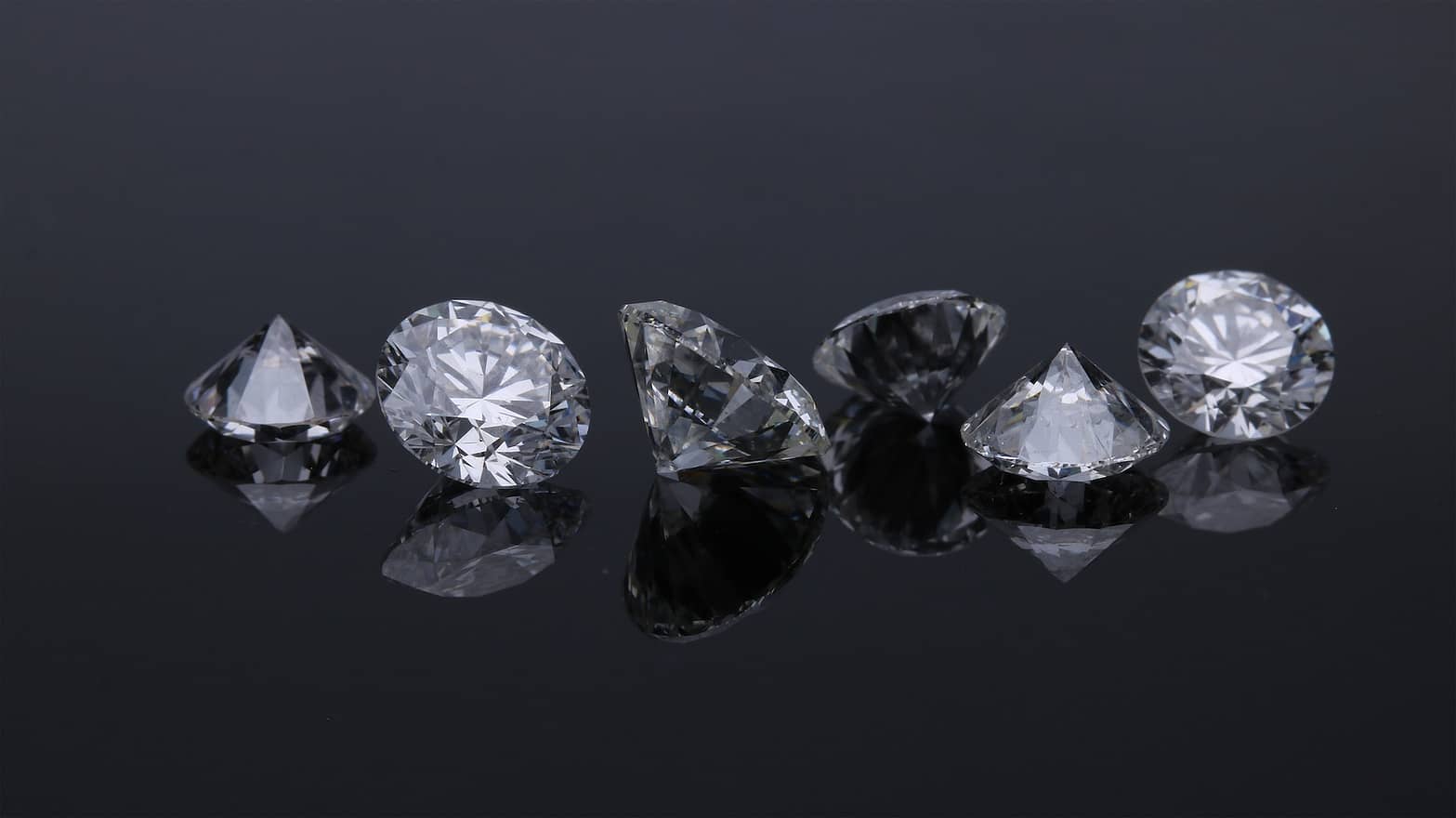Diamonds have been a symbol of wealth, power, and beauty for centuries. Have you ever wondered how diamonds became so popular and influential? What is the history of diamonds? In this article, you will find out how diamonds have been used since ancient times, and how they have evolved into the modern day. From the first recorded discovery to their current role in the jewelry industry, you will learn all about the history of diamonds.
1. Ancient Origins of Diamonds

The history of diamonds is fascinating and can be traced back to ancient times. In fact, diamonds were used as early as 800 BC in India, where they were gathered from riverbeds and streams. Ancient Greeks and Romans also believed that diamonds had special powers and would use them as talismans or amulets.
The oldest known diamond is the Koh-i-Noor diamond, which is believed to have been discovered in India in the 1300s. It was later presented to the British Crown by the Maharaja of Punjab
2. Diamonds in Ancient Civilizations
The history of diamonds stretches back over 4000 years, to the ancient civilizations of India and Egypt. The ancient Egyptians believed that diamonds were created by the gods and used them as protective talismans. During this time, diamonds were mainly used for decorative purposes rather than for jewellery.
In India, diamonds were first recorded in the 4th century BC. They were highly sought after and had a strong spiritual connotation. Diamonds were used to adorn Hindu gods and goddesses and were believed to bring good fortune. The ancient Indians were also the first to discover the art of diamond cutting and polishing.
The ancient Greeks also valued diamonds, particularly in regards to mythology.
3. Diamonds in the Middle Ages
Diamonds have been a coveted gemstone since ancient times, but it was during the Middle Ages when they became particularly sought after. The nobility of the era placed high value on diamonds, and the gemstone was used to decorate crowns, swords, and other items of wealth and power.
The earliest known diamond cut was performed in the Middle Ages. This cut, known as the Point Cut, was a simple shape with a triangular top and a flat bottom. This cut allowed the diamond to be set in jewelry more easily than previous methods, and increased the value of diamonds.
The popularity of diamonds in the Middle Ages was also due to their supposed magical properties. During this period
4. Diamonds in the Renaissance
Diamonds have been around since ancient times, but the Renaissance period saw a surge in their popularity. During this time, diamonds were highly prized and used to decorate clothing and jewellery. This period also saw the development of diamond cutting and polishing techniques, which allowed diamond cutters to create beautiful and intricate shapes.
The Renaissance period also saw the emergence of diamond jewellery as a status symbol. Wealthy merchants and aristocrats would often wear diamond jewellery to show their wealth and social status. As diamonds became more popular and accessible, many jewelers began to experiment with new designs and cuts to create unique and beautiful pieces.

5. Diamonds in the Industrial Revolution
The Industrial Revolution of the 18th and 19th centuries saw a huge advancement in technology and manufacturing. Whilst diamonds had been used in jewellery and art for centuries, during the Industrial Revolution diamonds began to be used in industrial applications. Diamonds were used to cut and shape other materials, such as glass, stone, and metal, due to their strength and hardness.
The use of diamonds in industrial applications increased with the development of synthetic diamonds. Synthetic diamonds are man-made and used in a variety of industrial applications, including cutting tools, drill bits, and grinding wheels.
6. Modern Day Diamonds
Modern-day diamonds are a far cry from their ancient counterparts. The discovery of diamond deposits in Brazil in 1725 was the catalyst for the modern-day diamond industry. These diamonds were of a higher quality than those found in India, which had been the world’s main source of diamonds up until this point.

The advent of diamond cutting tools in the 19th century allowed diamond cutters to produce diamonds with more sparkle and brilliance. This was a huge advancement in the industry, as it allowed for diamonds to be cut in a variety of shapes and sizes. This allowed people to buy diamonds that suited their individual tastes and needs.
The modern-day diamond industry is a multi-You have learned about the fascinating history of diamonds. From the first recorded discovery in India to their current use in the jewelry industry, you have seen how diamonds have been used throughout the ages. You have also discovered the ancient beliefs and symbolism associated with diamonds, as well as the development of diamond cutting and polishing techniques. Finally, you have seen how diamonds have been used in industrial applications in recent times. You are now more knowledgeable about the history of diamonds and are ready to use what you have learned.
Conclusion:
Diamonds have held significant value and symbolism throughout history. Originating as early as 800 BC in India, they were initially gathered from riverbeds and streams and were revered by ancient civilizations like the Greeks, Romans, Egyptians, and Indians for their supposed powers and beauty. Over time, the art of diamond cutting and polishing was developed, enhancing their allure.
The Middle Ages saw diamonds as symbols of wealth and power, adorning crowns and weapons of the nobility. The Renaissance period further elevated their status, with advancements in diamond cutting techniques and their use as status symbols among the elite.
The Industrial Revolution introduced diamonds in various industrial applications, especially with the advent of synthetic diamonds. The modern era witnessed a transformation in the diamond industry with the discovery of high-quality diamond deposits in Brazil in 1725 and the development of advanced diamond-cutting tools in the 19th century. Today, diamonds continue to captivate with their brilliance and are a testament to their enduring legacy from ancient times to the present.
